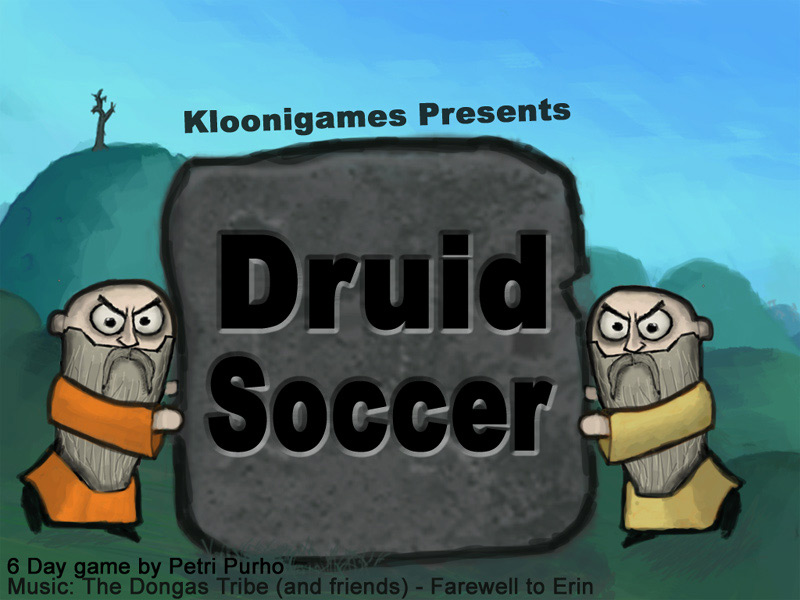
Dartmoor national park

The Cut Hill stones were placed around the same time as Stonehenge (Image: Tom Greeves)

Posted on 04/19/2010 9:09:10 AM PDT by JoeProBono
LITTERED across the hills of Dartmoor in Devon, southern England, around 80 rows and circles of stones stand sentinel in the wild landscape. Now, striking similarities between one of these monuments and Stonehenge, 180 kilometres to the east, suggest they may be the work of the same people.
The row of nine stones on Cut Hill was discovered in 2004 on one of the highest, most remote hills of Dartmoor national park. "It is on easily the most spectacular hill on north Dartmoor," says Andrew Fleming, president of the Devon Archaeological Society. "If you were looking for a distant shrine in the centre of the north moor, that's where you would put it......."
(Excerpt) Read more at newscientist.com ...

Dartmoor national park

The Cut Hill stones were placed around the same time as Stonehenge (Image: Tom Greeves)


Stonehenge
PLEASE! Those Triptics are 40 feet high.

It never occurred to me before to do this, but I used Google maps to take a virtual tour of Stonehenge. Dang, you can almost touch the rocks themselves!!!
Someday I want to go in person, but this was cool. Thanks for the post, the information about the contemporary nature of Stonehenge and Dartmoor is thought-provoking.


That big pile of grey rocks look natural, don’t tell me THEY were placed?
I don’t see any stones in a circle, laying flat on the ground or otherwise?
|
|
|||
Gods |
Thanks JoeProBono! |
||
|
· Discover · Nat Geographic · Texas AM Anthro News · Yahoo Anthro & Archaeo · Google · · The Archaeology Channel · Excerpt, or Link only? · cgk's list of ping lists · |
|||
“Unlike Stonehenge, the 2-metre-tall Cut Hill stones lie flat on the ground,. . . but the regularity of their current layout makes it likely they were deliberately placed that way, Greeves says.”
Laid by lazy ancients with somasomatic religious beliefs.


Disclaimer: Opinions posted on Free Republic are those of the individual posters and do not necessarily represent the opinion of Free Republic or its management. All materials posted herein are protected by copyright law and the exemption for fair use of copyrighted works.